My Thanksgiving buffet this year consisted of a homemade Seitain Roast, bread stuffing, “pan” gravy, cranberry-mango sauce, roasted eggplant and red pepper humus lasagna, mashed potatoes, steamed green beans with salted almond slivers, fresh Italian antipasto with marinated mushrooms, mozzarella cheese and veggie ham and turkey slices, and no less than five holiday pies!
It was a feast whose preparations would have fatigued a physically fit chef, and something an individual with a chronic illness might not even consider tackling. When I first became a vegetarian a decade ago, it was important for me to try and re-create the dishes and cellular memories I had growing up in my Italian grandmother’s home. In addition to the big bird, the table was full of side dishes and obligatory lasagna. In my own family tradition I have stayed close to my Grandma Pauline’s legacy.
Below are the how-to’s and helpful hints that may offer some insight and inspiration to others who face busy schedules, dwindling energy reserves or find themselves wondering how to serve a group of family and friends an amazing meal when cooking for some people who are vegetarian or vegan.
Given my own healing adventure and the physical constraints of living with dysautonomia, I began planning our Thanksgiving meal right after Halloween. I would ask people who were coming over what where the dishes that their mothers and grandmothers made that were their family favorites. For some vegetarians, it may have been years of eating “around” the main course and nibbling only on sweet potatoes and cornbread stuffing while everyone else poured copious amounts of gravy on top of their succulent slices of aromatic turkey breast. While other vegetarians might never look back with fond memories of their carnivore past and would rather enjoy an entirely new taste experience.
After polling my family and friends, I came up with a menu that contained some foods from eveyone’s past and then I put my technology background in strategic planning to good use and set off to design a holiday meal implementation within the framework and constraints of my own situation.
The Menu
One of the first considerations was the number of baking dishes I had on hand. I recently decided to discard my aluminum pie tins and cake pans in favor of cooking only with glass or cast iron. So I scoured the internet for any pre-holiday sales and found some amazing deals on Pyrex pie plates and glass storage containers, exactly what I was looking for to move away from plastic in my kitchen. I also measured the inside of my oven and thought about how much would fit and at what common temperature I could cook certain foods together. In the three weeks prior to the holiday, I made sure to use frozen dishes and refrigerator staples so that I would have extra room to store food preparations not to mention the leftovers after the big day.
Plan Aheads
My underlying mission for the meal preparation was to have as much done in advance so that I would never be pressed for time on a day when my body may not be up for cooking. I considered what foods I could make in advance and freeze until the night before and decided to prepare the Hummus Lasagna and Fresh Spelt Bread for the stuffing the week prior.
In the days preceding Thanksgiving I made sure we had all of our ingredients on hand. Marinated mushrooms and the mango cranberry chutney could be made 1 or even 2 days in advance.
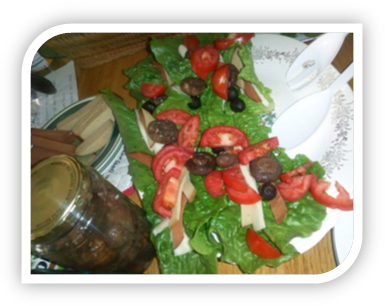
Marinated Mushrooms for the Antipasto
Grandma Pauline always had a fresh antipasto salad for every family holiday gathering and with the addition of veggie salami, ham and turkey I think mine would make her proud.
Sauté 1 package of whole brown mushrooms with 2 TBL olive oil and 2 TBL minced dry onion over low heat with a lid on your pan. When mushrooms are tender pour the contents into a mason jar and add olive oil, vinegar and salt to taste (as you would for a fresh Italian salad dressing.) Store in the refrigerator until you are ready to use in the antipasto.
Mango-Cranberry Chutney
Want to reduce the amount of processed sugar in your family cranberry sauce? We like to use fresh fruits like dark cherry or mango to complement the tart taste of fresh cranberries. Place one package fresh cranberries with 1 bag of frozen mango and simmer on low heat in a sauce pan until all of the cranberries have popped and you have a juicy thick relish. If you like you can puree with a stick blender or place contents in your food processor to blend to your desired consistency. If the mango is not as sweet as you like, you may want to add 1 or 2 TBL of agave nectar to the chutney. Agave is a low glycemic index sweeter and usually cheaper to purchase per ounce than honey or pure maple syrup. Store in refrigerator in sealed glass jar.
Desserts
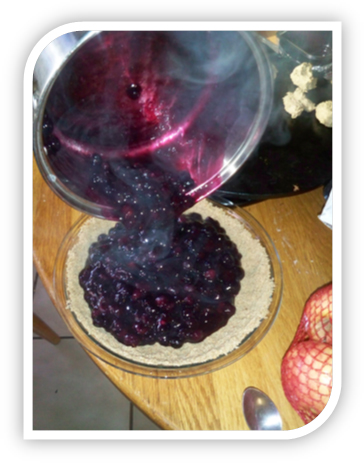 Pie is another easy dish that can be prepared the day before and fruit fillings like blueberry or cherry and especially lemon meringue are always wonderful served chilled. In order to simplifiy our pies, we used crumb toppings and stove top cooking methods for some of our creations.
Pie is another easy dish that can be prepared the day before and fruit fillings like blueberry or cherry and especially lemon meringue are always wonderful served chilled. In order to simplifiy our pies, we used crumb toppings and stove top cooking methods for some of our creations.
For example to make our blueberry pie, we baked 2 dozen oatmeal cookies that were sweetened only with three bananas and then processed into fine crumbs in our food processor after cooking and cooled. Our quick and easy blueberry pie filling was made with one bag of frozen no-sugar added blueberries warmed on the stove top with 2 TBL Arrowroot dissolved in 1 cup of water as a thickener. We simply pressed the warm cookie crumbs into the bottom of a deep dish pie plate and poured the thickened blueberry mixture in and topped it all with another layer of crumbs.
Both our blueberry and cherry-cranberry pies were flat on top and we found that with the addition of a piece of cardboard we could stack them in the fridge to save storage space. A big plus when you have five pies, one roast and two trays of stuffing all waiting in the queue!
The 2 dozen oatmeal cookies made enough crumb crusts that we were able to line one more deep dish pie plate so we decided to use a glazed walnut for a quick and easy topping for our Cranberry-Cherry Pie. Our filling this time consisted of 1 package of fresh cranberries with 1 bag of frozen dark cherries (unsweetened.) When the cranberries popped and our cherries were giving up their juice, we thickened the mixture again with about half the arrowroot and water that we used for the blueberries. Meanwhile we glazed about a cup and a half of walnut pieces with melted butter and agave nectar in a fry pan over low heat.
Both pies were done in less than 20 minutes and ready to chill for the big day.
The Final Show
On Thanksgiving day we had a schedule for when each dish needed to be prepared and placed in the oven. Which was a big help since my body needed to take a break for a couple of hours during the late morning and my children were able to step right in and finish the meal without missing a beat. Having kids who know how to make a roux, separate egg whites, and caramelize onions is admittedly a big help to ensuring success. Who says too many cooks in the kitchen ruin a meal? In our house, everyone pitches in and cooking as a family is a wonderful time to teach, share and stay in touch.
Flexibility is key when you are working with unknowable factors within a chronic illness. My family and friends all know that “dinner-time” is an approximate guess and if things don’t work out as planned we simply go to Plan B. Whether we eat a home cooked meal, or order take-out Pizza …. It is as always the thought that counts and the good times shared with good people as we joke and laugh about our life’s journey.
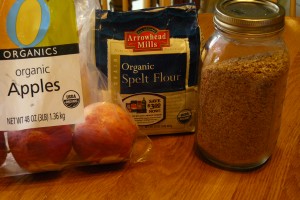 Here’s another minimally sweet crunchy treat to help satisfy a cookie craving but without all the fat, calories or guilt!
Here’s another minimally sweet crunchy treat to help satisfy a cookie craving but without all the fat, calories or guilt!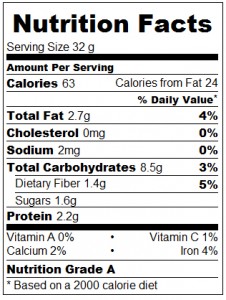
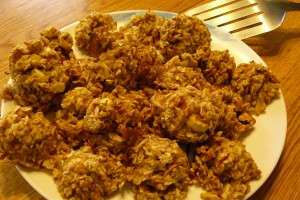
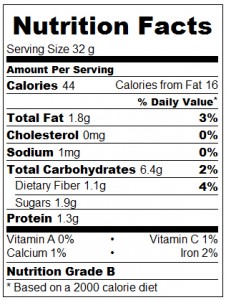
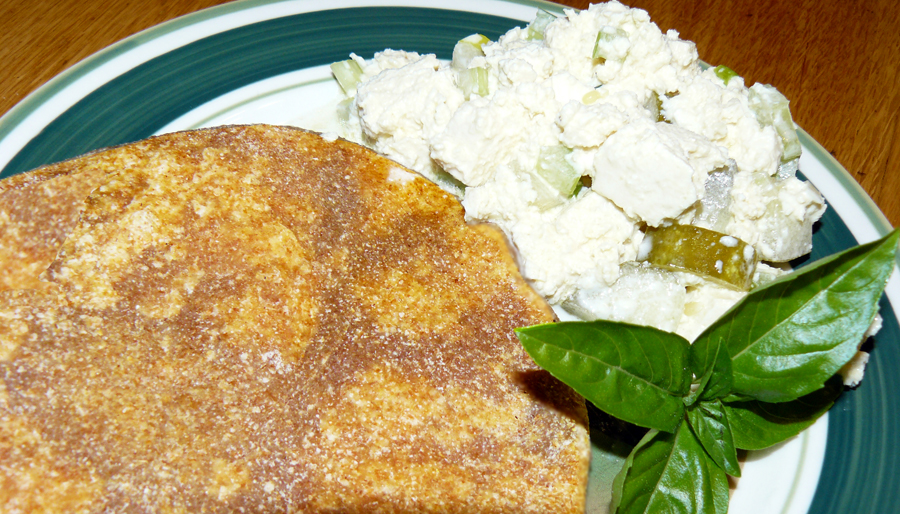
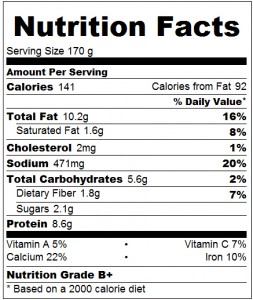
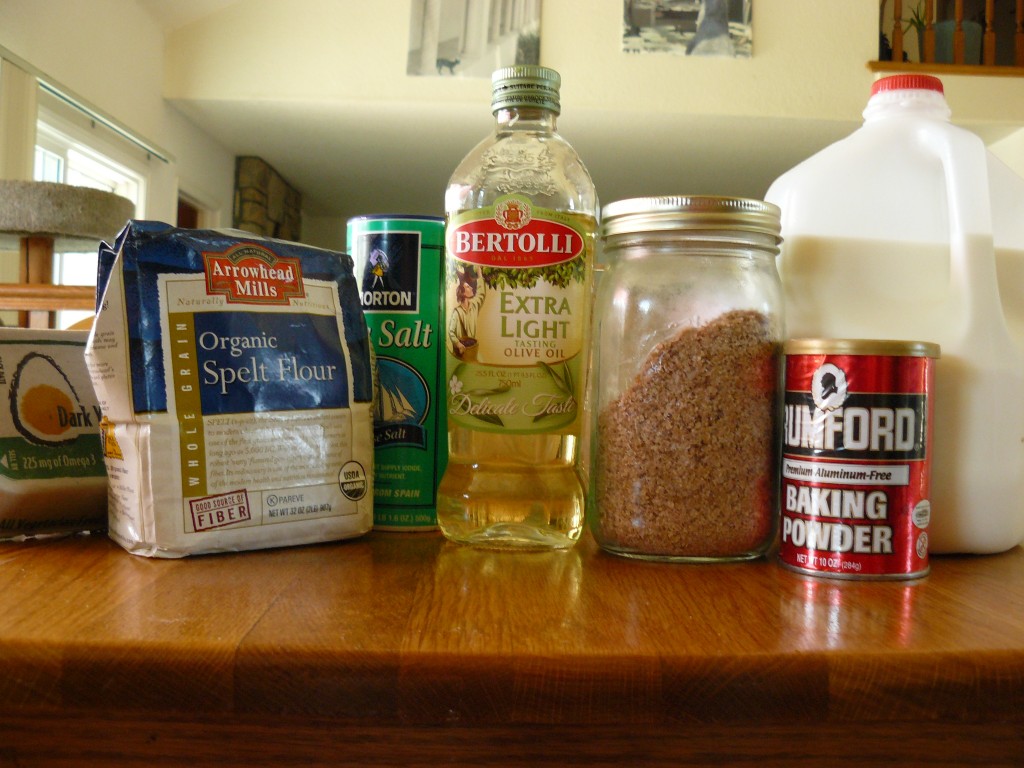
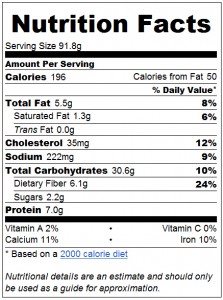
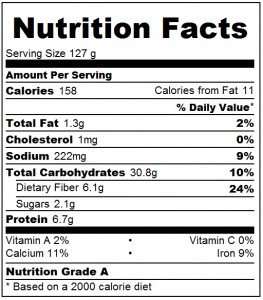
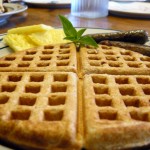
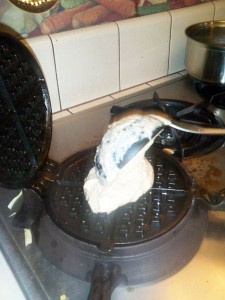

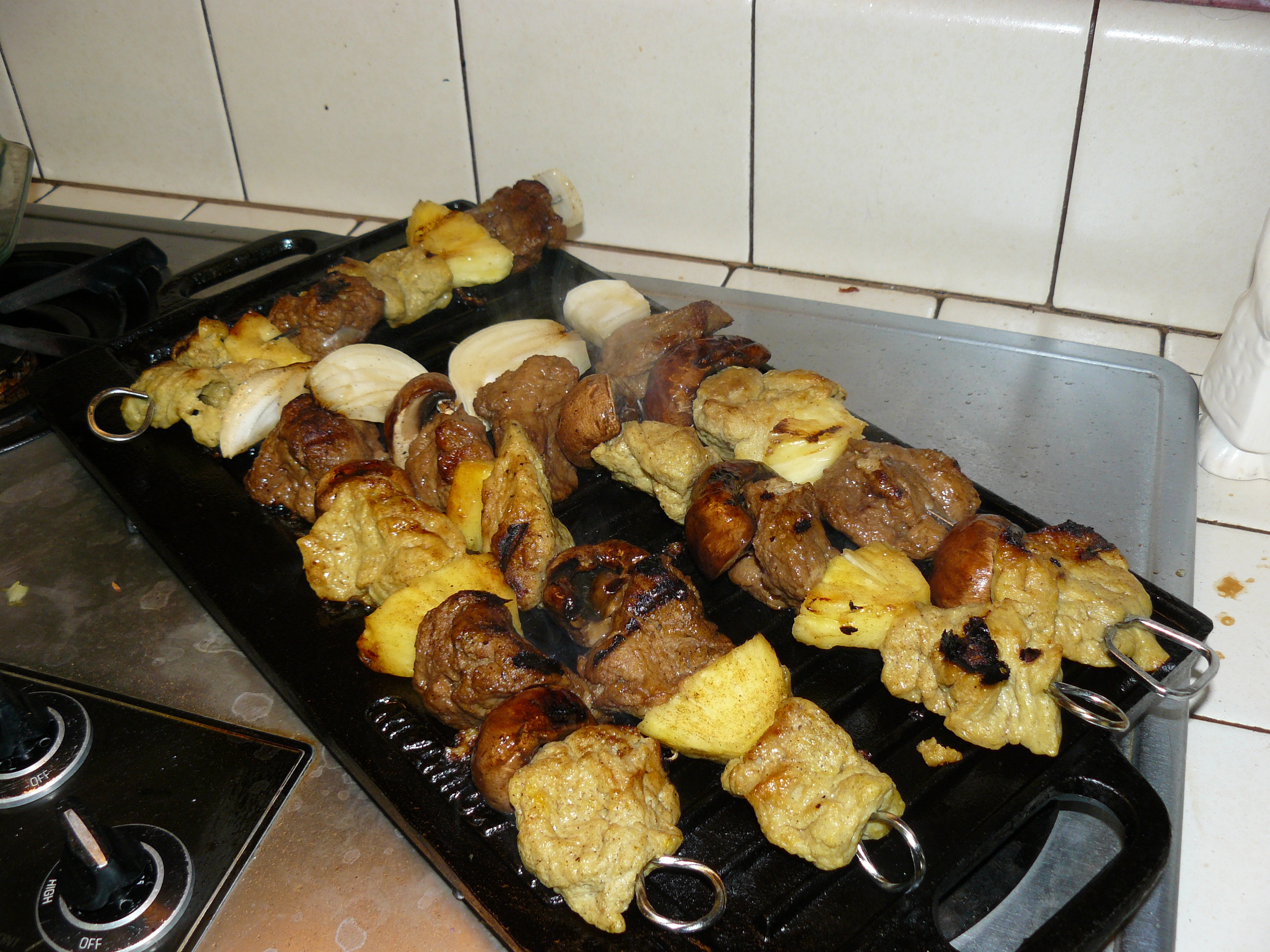
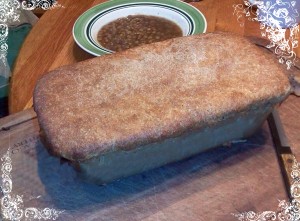

 Pie is another easy dish that can be prepared the day before and fruit fillings like blueberry or cherry and especially lemon meringue are always wonderful served chilled. In order to simplifiy our pies, we used crumb toppings and stove top cooking methods for some of our creations.
Pie is another easy dish that can be prepared the day before and fruit fillings like blueberry or cherry and especially lemon meringue are always wonderful served chilled. In order to simplifiy our pies, we used crumb toppings and stove top cooking methods for some of our creations.